America’s national parks system, often called “America’s Best Idea,” encompasses over 400 areas spanning more than 84 million acres. For first-time visitors wanting to experience these natural treasures, choosing where to begin can feel overwhelming. The following parks offer spectacular landscapes, accessible amenities, and iconic experiences that make them perfect introductions to the National Park Service. Whether you’re drawn to towering mountains, deep canyons, unique ecosystems, or historic landmarks, these ten parks provide unforgettable experiences that showcase the diversity and grandeur of America’s protected lands.
Yellowstone National Park: America’s Original Wonder
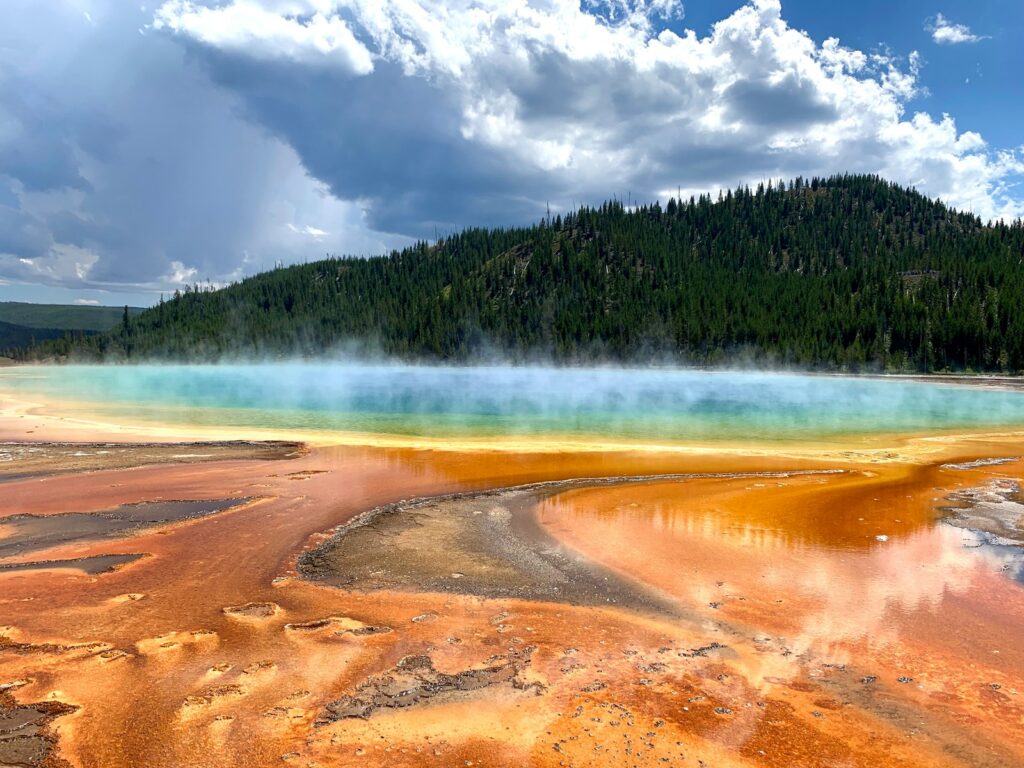
Established in 1872 as the world’s first national park, Yellowstone remains the perfect starting point for national park newcomers. Spanning parts of Wyoming, Montana, and Idaho, this geothermal wonderland features the highest concentration of geysers anywhere on Earth, including the famous Old Faithful. Beyond the geysers, visitors can witness prismatic hot springs in kaleidoscopic colors, bubbling mud pots, and dramatic canyons like the Grand Canyon of the Yellowstone. Wildlife viewing opportunities abound, with free-ranging bison, elk, bears, and wolves making appearances throughout the seasons. The park’s infrastructure is well-developed for first-timers, with accessible boardwalks, visitor centers packed with educational displays, and ranger programs that illuminate the park’s natural and cultural history.
Grand Canyon National Park: An Incomparable Chasm
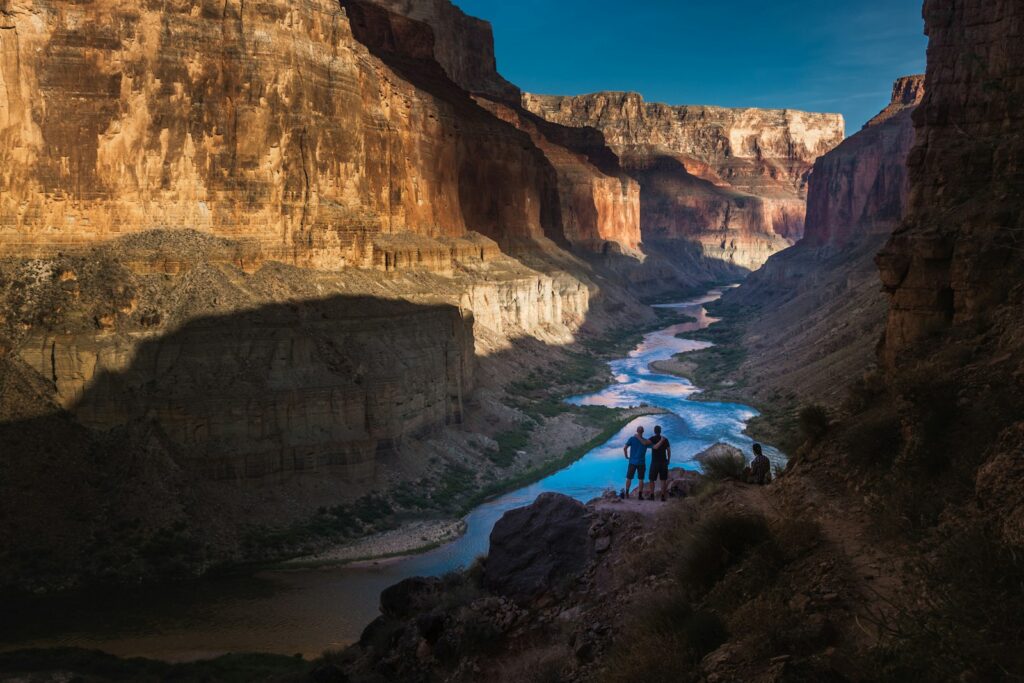
Few natural features match the Grand Canyon’s ability to humble visitors with its sheer scale and beauty. This colossal chasm, carved by the Colorado River over millions of years, stretches 277 miles long and up to 18 miles wide, with depths reaching beyond a mile. First-time visitors typically head to the South Rim, which offers more services, accessible viewpoints, and interpretive programs throughout the year. The relatively flat Rim Trail provides spectacular views without demanding hikes, though adventurous newcomers can sample the canyon’s interior via the Bright Angel Trail. The park’s Desert View Drive presents numerous overlooks where visitors can appreciate the canyon’s changing colors throughout the day, culminating in sunset views that transform the layered rock into a canvas of orange, purple, and gold. The Grand Canyon’s well-developed infrastructure makes it accommodating for all ages and abilities, with paved paths, frequent shuttle buses, and multiple visitor centers.
Yosemite National Park: Cathedral of Granite
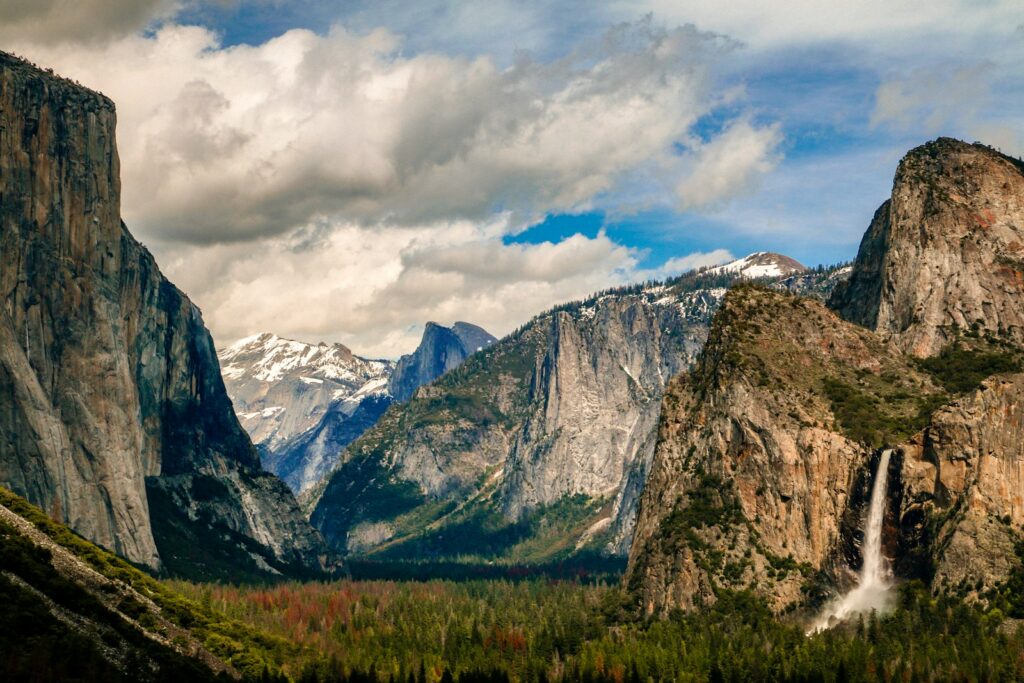
Yosemite Valley represents perhaps the most perfect introduction to the grandeur of America’s mountains and one of the most photogenic landscapes on Earth. First-time visitors are invariably awestruck as they enter the valley and witness El Capitan’s sheer granite face rising 3,000 feet from the valley floor alongside the graceful cascade of Yosemite Falls—North America’s tallest waterfall. The compact nature of Yosemite Valley makes it ideal for newcomers, with a free shuttle system connecting major viewpoints, trails, and amenities within a relatively small area. Glacier Point offers arguably the most spectacular vista in the entire national park system, with panoramic views of Half Dome, Nevada and Vernal Falls, and the High Sierra stretching to the horizon. The park’s infrastructure accommodates visitors of all abilities, with paved paths to Lower Yosemite Fall and Mirror Lake, while offering more challenging trails for those looking to venture deeper into this granite wonderland.
Zion National Park: Navigating Nature’s Sanctuary
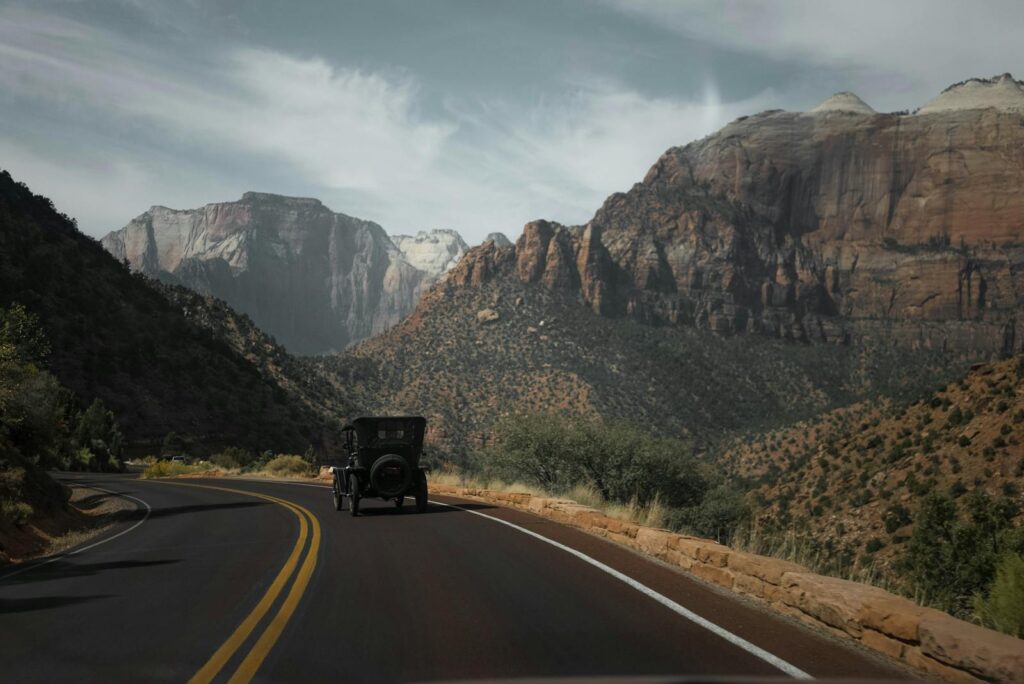
Zion offers an intimate canyon experience that contrasts dramatically with the Grand Canyon’s vastness, inviting visitors to explore from within rather than gazing from above. The park’s main canyon features soaring sandstone walls in cream, pink, and red that rise up to 2,000 feet above the Virgin River flowing below. First-time visitors benefit from Zion’s excellent shuttle system, which eliminates driving stress while providing narration about the landscape’s features and history. The park offers an exceptional range of hiking experiences, from the paved Riverside Walk suitable for all abilities to the famous Angels Landing trail for those seeking adventure. Zion’s compact size allows even short visits to feel fulfilling, with breathtaking views available from numerous shuttle stops and viewpoints like the Temple of Sinawava and Court of the Patriarchs. The park’s namesake canyon provides natural air conditioning in summer months, with cottonwood-shaded paths and opportunities to wade in the Virgin River making it surprisingly comfortable even during hot weather.
Acadia National Park: Where Mountains Meet the Sea
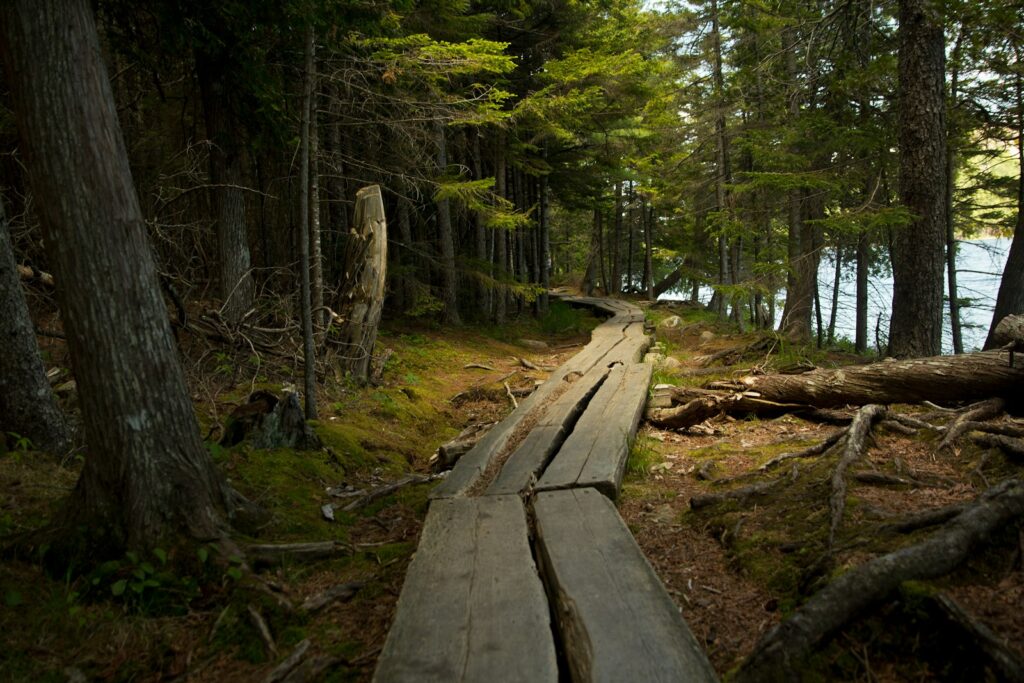
As the only national park in the Northeast, Acadia offers a uniquely accessible wilderness experience coupled with New England coastal charm. Located primarily on Maine’s Mount Desert Island, this park presents a stunning combination of rounded granite mountains, dense forests, crystal-clear lakes, and dramatic Atlantic coastline all within a compact area. First-time visitors typically begin at the Ocean Path, which follows a spectacular stretch of pink granite shoreline past Thunder Hole, where waves crash dramatically into a narrow inlet. The park’s 27-mile Park Loop Road provides an excellent orientation, connecting major features like Sand Beach, Otter Cliffs, and Jordan Pond with numerous pullouts offering Atlantic Ocean panoramas. Cadillac Mountain’s summit, accessible by car, offers the first sunrise views in the continental United States from October through March, making it a must-see even for those with limited time. The park’s proximity to the charming town of Bar Harbor provides amenities and dining options not typically found near other national parks, making Acadia particularly welcoming for first-time park visitors.
Rocky Mountain National Park: Alpine Adventures Made Accessible

Just 90 minutes from Denver, Rocky Mountain National Park offers an accessible introduction to the alpine wilderness of America’s backbone. The park’s signature feature is Trail Ridge Road, the highest continuous paved highway in the United States, which crosses the Continental Divide and spends miles above treeline where visitors can experience alpine tundra ecosystems without strenuous hiking. First-time visitors often focus on the eastern side of the park, where meadows in Moraine and Beaver Meadows serve as wildlife watching hotspots, particularly for elk during the fall rutting season. The Bear Lake area provides a perfect introduction to mountain lakes, with a flat path circling the lake and connecting to other scenic bodies of water like Nymph, Dream, and Emerald Lakes. The park’s well-developed infrastructure includes frequent shuttle buses, multiple visitor centers, and excellent interpretive programs that help newcomers understand mountain ecology and the forces that shaped these dramatic peaks.
Olympic National Park: Three Parks in One
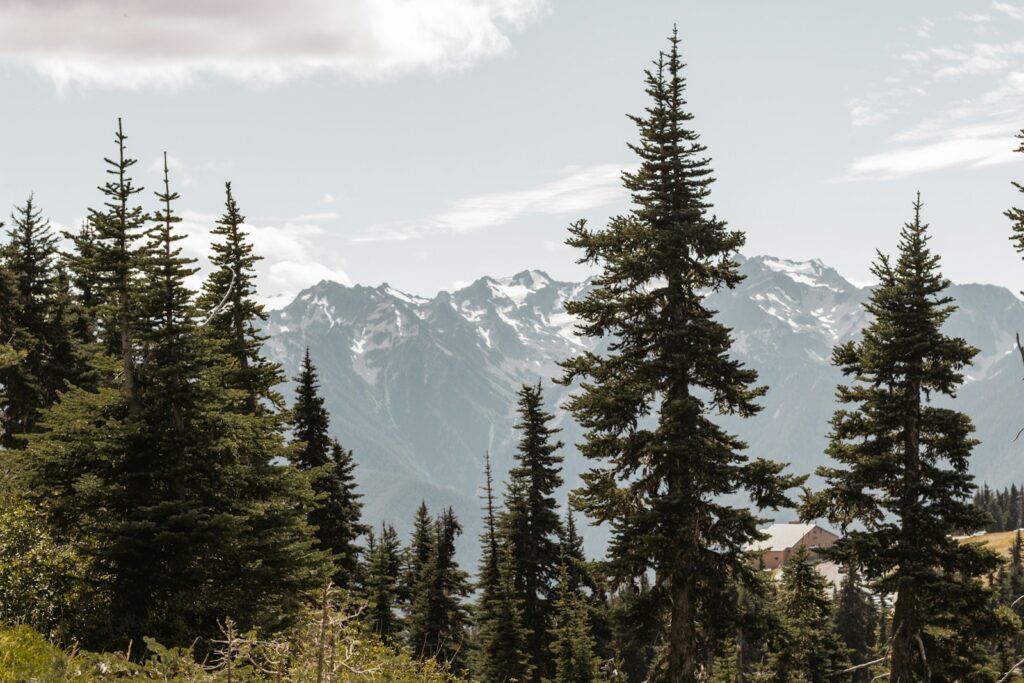
Olympic National Park offers an unmatched diversity of ecosystems within a single park, making it ideal for first-time visitors who want to sample multiple landscapes. This Washington state gem encompasses glacier-capped mountains, old-growth temperate rainforests, and over 70 miles of wild Pacific coastline. The Hoh Rain Forest welcomes visitors with an accessible Hall of Mosses Trail that showcases massive trees draped in greenery, creating an otherworldly atmosphere even on short walks. Hurricane Ridge, reached by a scenic mountain drive, provides spectacular alpine views and wildflower meadows, with paved pathways suitable for all abilities. The easily accessible beaches near La Push and Ruby Beach feature dramatic sea stacks, tide pools teeming with marine life, and driftwood logs that create natural seating for sunset viewing. The park’s diverse environments mean visitors can experience radically different ecosystems in a single day, from misty rainforests receiving 14 feet of annual rainfall to relatively dry mountain meadows, providing an excellent introduction to ecological diversity.
Grand Teton National Park: Iconic Mountain Splendor
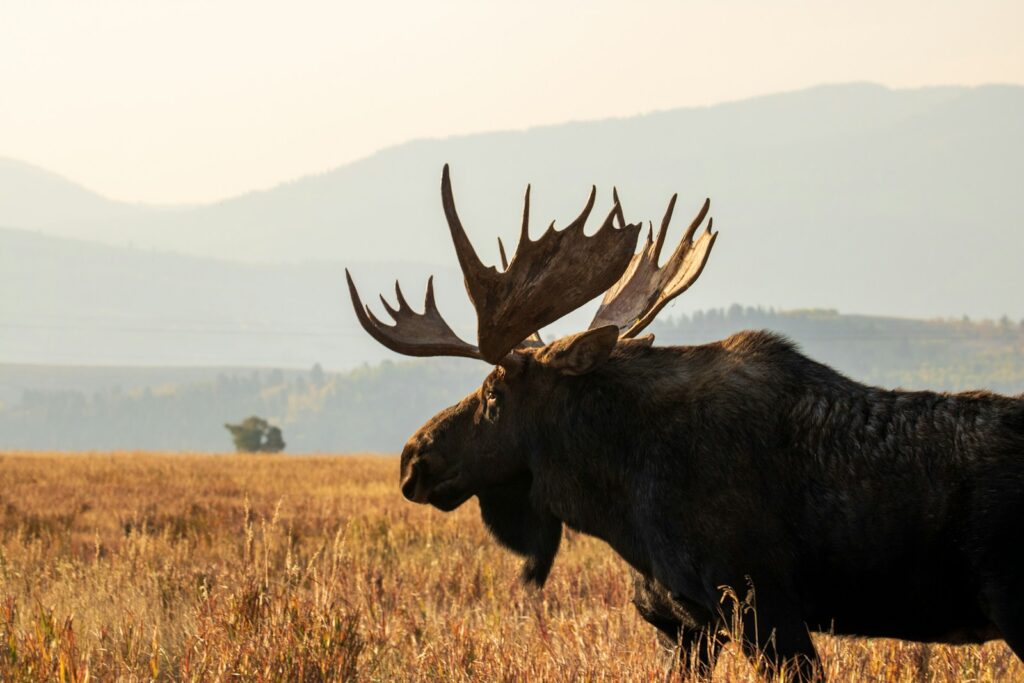
Grand Teton offers some of America’s most dramatic mountain scenery without requiring deep wilderness travel, making it perfect for first-time national park visitors. The jagged Teton Range rises abruptly from the valley floor without foothills, creating an immediate visual impact unmatched by most mountain landscapes. The 42-mile Teton Park Road parallels the base of the mountains, offering non-stop panoramas and frequent pullouts where visitors can take in the view of peaks reflected in Jenny Lake, Jackson Lake, and other bodies of water. Wildlife viewing opportunities abound, with moose often visible in wetlands along the Snake River, and bison, elk, and pronghorn grazing in the sagebrush flats of Antelope Flats. The park’s proximity to Jackson Hole provides amenities and dining options that make a first park visit more comfortable, while the numerous scenic turnouts and short trails allow even time-limited visitors to experience the essence of this mountain paradise.
Bryce Canyon National Park: Otherworldly Hoodoos
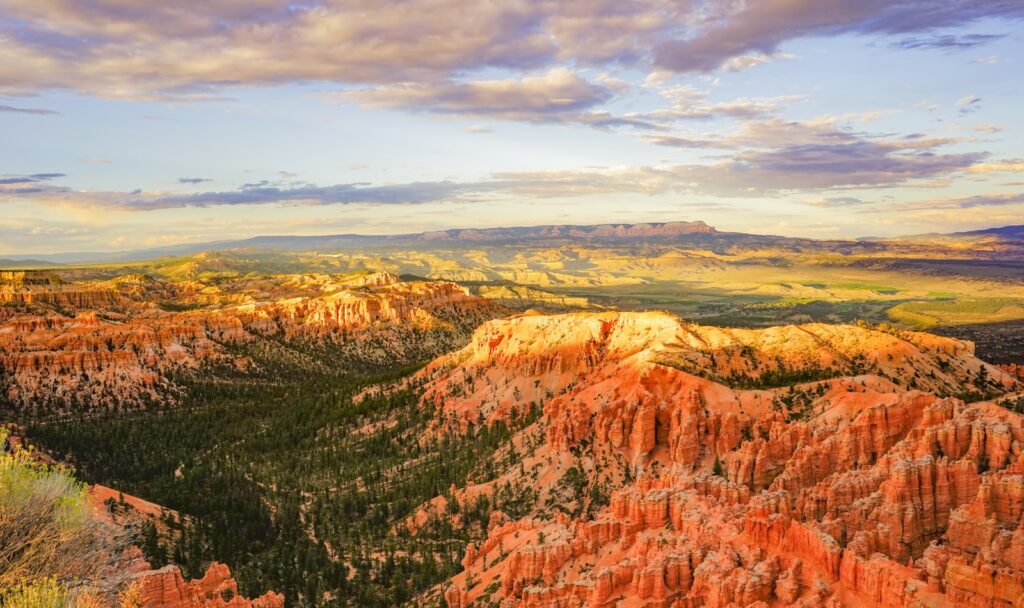
Though smaller than many national parks, Bryce Canyon offers perhaps the most immediately striking and alien landscape in the park system, making it unforgettable for first-time visitors. The park’s famous hoodoos—irregularly eroded spires of red, orange, and white rock—create a fairytale forest of stone that appears to change colors throughout the day as the sun moves across the sky. The park’s primary viewpoints lie along a single 18-mile scenic drive with frequent overlooks, making it easy for newcomers to experience the landscape’s highlights even with limited time. Sunset Point connects to the Queens Garden Trail, which provides an accessible entry into the hoodoo formations without requiring difficult hiking. The park’s 8,000-foot elevation offers cool relief from summer desert heat, while creating opportunities for exceptional stargazing programs led by rangers in one of America’s darkest night sky locations. Bryce’s compact size and well-developed infrastructure make it possible to experience its essence in just half a day, though most visitors find themselves lingering to watch the interplay of light and shadow across the amphitheater of stone spires.
Arches National Park: Nature’s Red Rock Gallery

Arches National Park near Moab, Utah offers perhaps the most immediately recognizable and photographable features of any park, making it ideal for first-time visitors seeking iconic landscapes. The park protects over 2,000 natural stone arches—the highest concentration in the world—alongside massive fins, balanced rocks, and soaring pinnacles, all showcased against deep blue desert skies. The 18-mile scenic drive provides access to major viewpoints and trailheads, with short walks leading to spectacular formations like the famous Delicate Arch, Landscape Arch (one of the longest natural stone spans in the world), and Double Arch. Many of the park’s most impressive features can be seen from accessible viewpoints or via relatively flat trails, making the wonders of the desert available to visitors of varying abilities. The park’s relatively small size and logical layout allow first-time visitors to experience its highlights in a single day, while the nearby town of Moab offers abundant amenities, guided tour options, and information to enhance the experience.
Great Smoky Mountains National Park: Accessible Wilderness
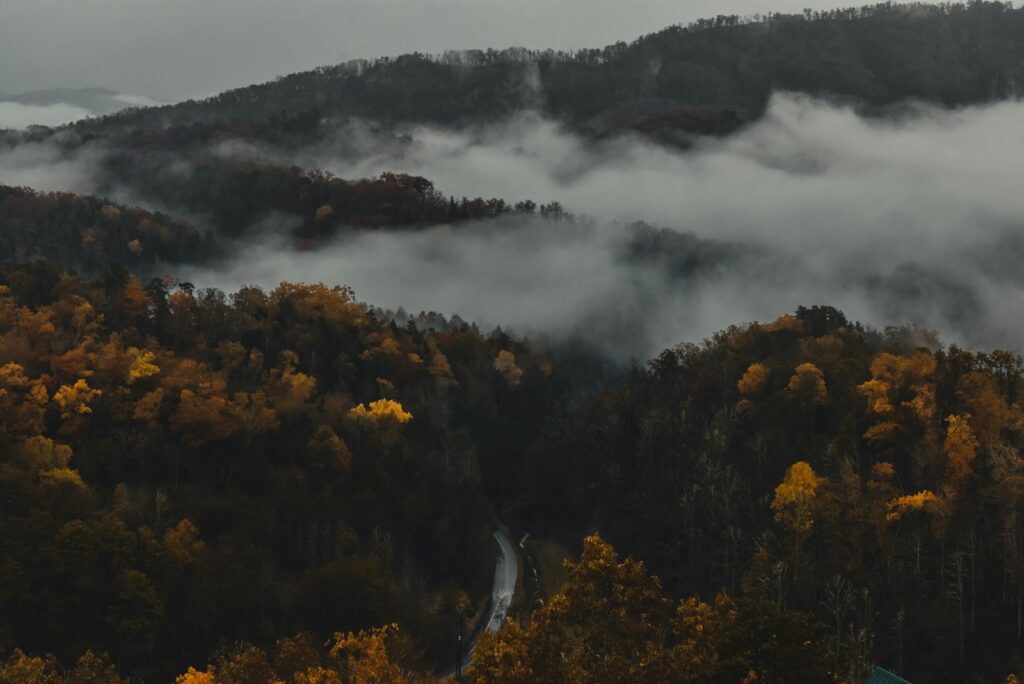
As America’s most visited national park, the Great Smokies have perfected the art of welcoming first-time visitors to explore ancient mountains and forests. Straddling the Tennessee-North Carolina border, this park protects one of the oldest mountain ranges in the world and the largest contiguous old-growth forest in the eastern United States. The park’s accessibility from major population centers makes it an ideal introduction to the national park experience, with multiple entrance points and scenic drives like Newfound Gap Road and Cades Cove Loop offering spectacular views without requiring hiking. Historic settlements throughout the park, including the preserved buildings at Cades Cove and Oconaluftee, provide cultural context alongside natural beauty, helping visitors understand the human history of these mountains. The park’s rich biodiversity—including more tree species than in all of northern Europe—creates seasonal displays from spring wildflowers to summer fireflies to fall foliage that make any first visit memorable regardless of timing. Multiple visitor centers, well-marked trails ranging from accessible boardwalks to challenging mountain paths, and abundant wildlife viewing opportunities make the Smokies an ideal starting point for a national park journey.
Essential Tips for First-Time National Park Visitors
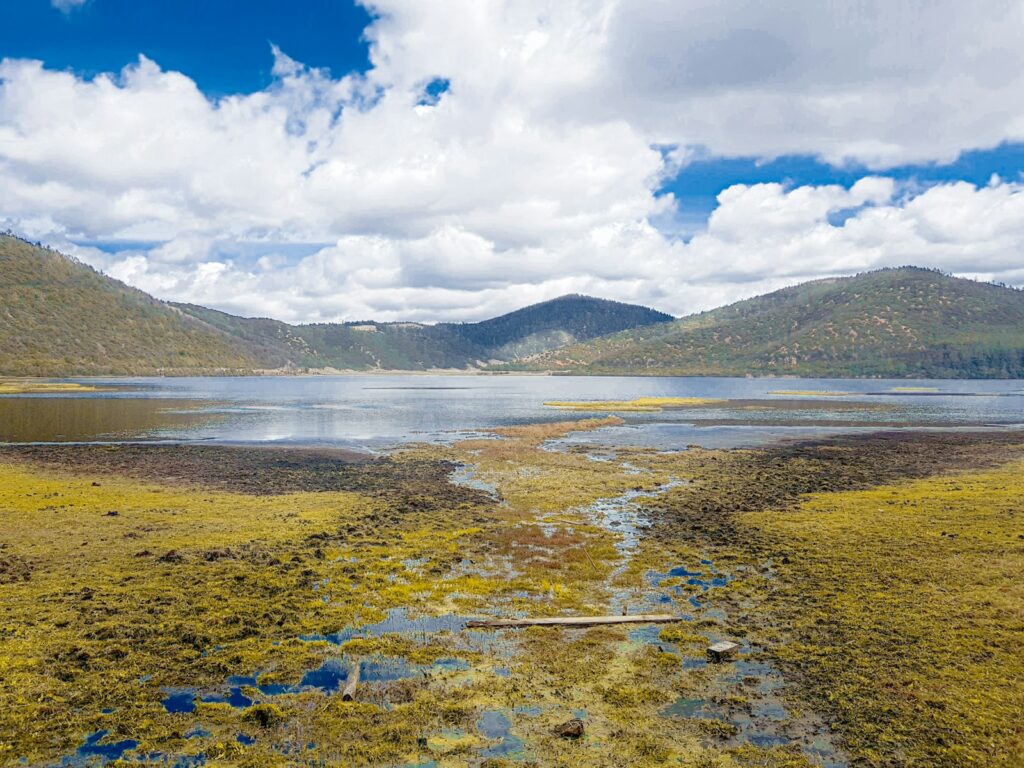
Regardless of which park you choose for your first national park experience, certain preparations will enhance your visit. Download the official NPS app before arrival to access offline maps, self-guided tours, and up-to-date information about facilities and trail conditions. Consider visiting during shoulder seasons (late spring or early fall) to experience more comfortable temperatures and smaller crowds while still enjoying full services. Make lodging or camping reservations well in advance, as accommodations within and near popular parks often fill months ahead, especially during summer and holiday periods. Take advantage of the Junior Ranger programs even as adults—these free activities provide excellent orientation to each park’s unique features and often include less-visited areas. Most importantly, connect with park rangers at visitor centers upon arrival; these knowledgeable staff can recommend experiences tailored to your interests, mobility level, and time constraints, helping ensure your first national park visit becomes the beginning of a lifelong passion.
Conclusion
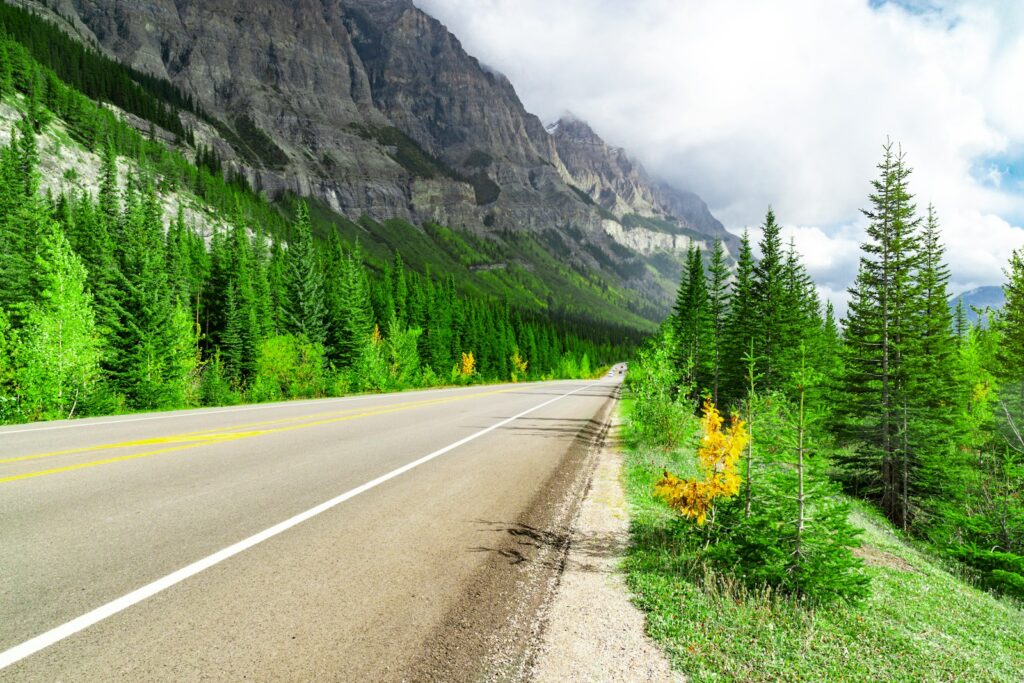
America’s national parks preserve the country’s most spectacular landscapes and ecosystems, creating opportunities for visitors to connect with natural and cultural heritage in profound ways. For first-time visitors, these ten parks offer accessible introductions to the diverse environments protected within the National Park System, from geothermal wonders and sculptured canyons to ancient forests and alpine meadows. Each park provides both front-country experiences with modern amenities and opportunities to venture deeper into wilderness for those seeking solitude and challenge. While this list highlights parks particularly well-suited to newcomers, remember that each of the 63 national parks has unique features worth experiencing. Many first-time visitors find that their initial park experience ignites a passion that leads to exploring lesser-known parks and returning to favorites in different seasons. As the National Park Service motto suggests, these protected lands exist “for the benefit and enjoyment of the people”—including those just beginning their national park journey.

